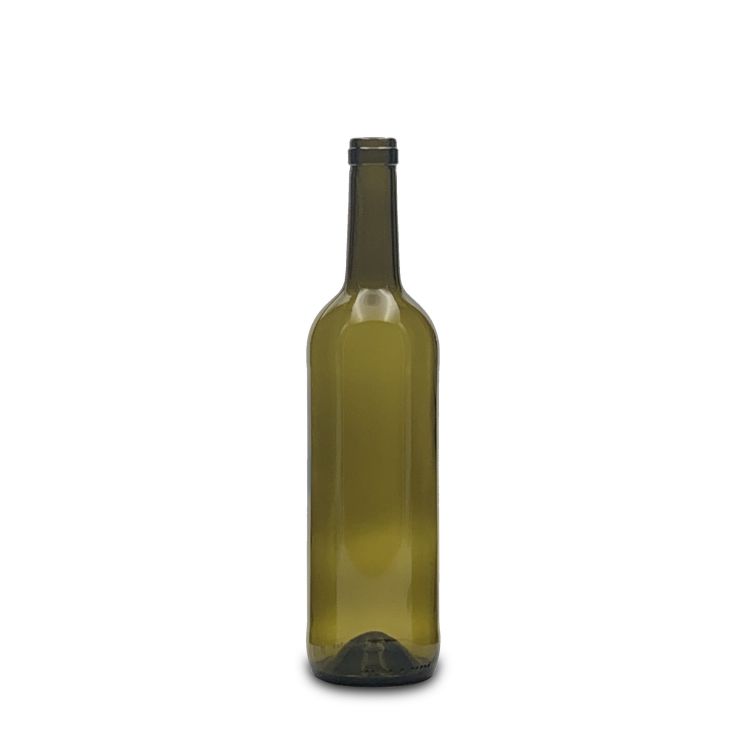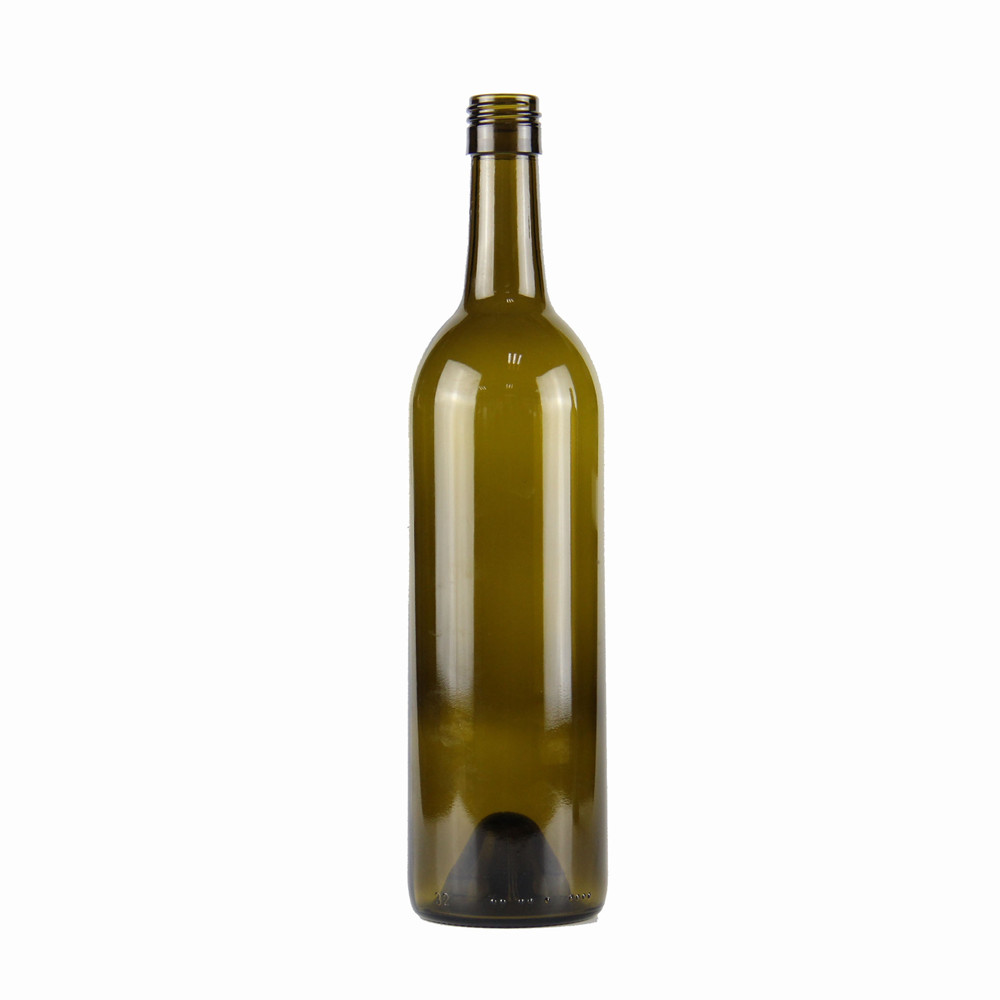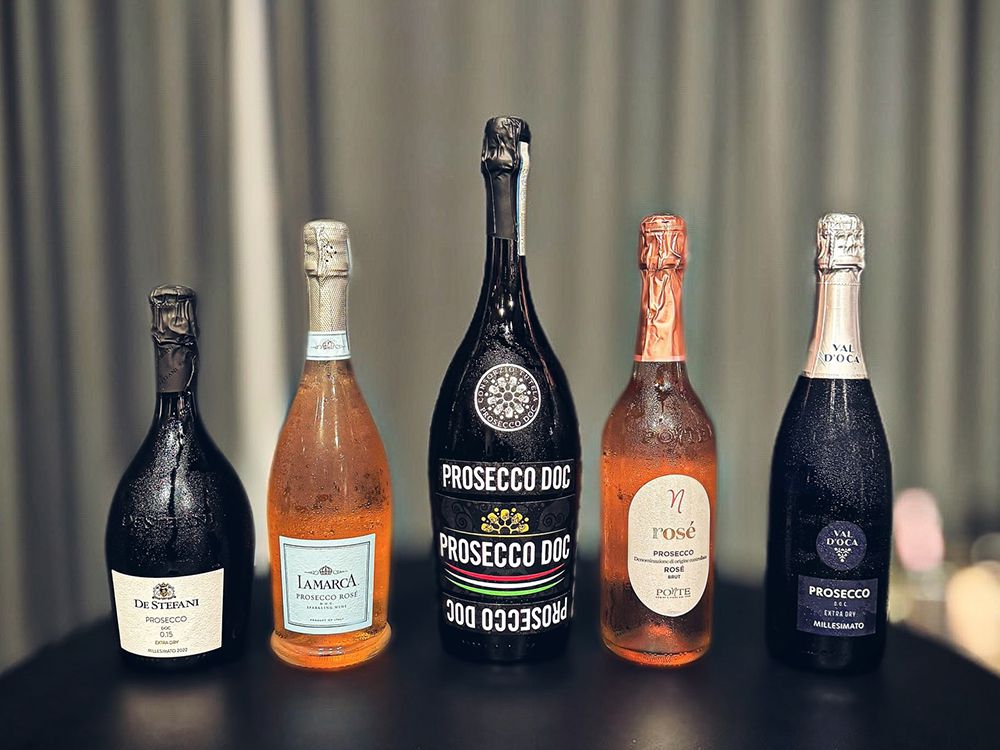
Understanding Wine Bottle Shapes and Their Significance
Wine bottles are not just vessels for holding wine; their shape can offer insight into the style of the wine inside and its origin. While the shape doesn’t directly alter the quality of the wine, it plays a role in identifying the type of wine, its region, and even the production methods used.
How Wine Bottle Shapes Differ by Wine Type
Each wine style often has a traditional bottle shape associated with it. For example:
- Alsace Bottles: Taller and narrower, typically used for white wines such as Riesling. This shape helps to preserve the delicate characteristics of the wine.
- Bordeaux Bottles: Known for their cylindrical shape with high, straight sides and distinct shoulders. This is the most common shape used for red wines like Cabernet Sauvignon and Merlot.
- Burgundy Bottles: Slightly wider and rounder than Bordeaux bottles, typically used for Pinot Noir and Chardonnay, reflecting the lighter, more delicate nature of these wines.
| Wine Bottle Shape | Typical Use | Key Features | Wine Types |
|---|---|---|---|
| Bordeaux Bottle | Common for reds | High shoulders, straight sides | Cabernet Sauvignon, Merlot, Cabernet Franc, Malbec |
| Burgundy Bottle | Common for reds and whites | Sloping shoulders, rounder body | Pinot Noir, Chardonnay, Gamay |
| Champagne Bottle | Sparkling wines | Thick glass, deep punt for pressure resistance | Champagne, Prosecco, Cava |
| Alsace Bottle | Typically for white wines | Tall, slender shape | Riesling, Gewürztraminer, Pinot Gris |
| Rhône Bottle | For Rhône wines | Tapered shoulders, long neck | Syrah, Grenache, Mourvèdre |
| Muscat Bottle | Dessert and sweet wines | Small, squat bottle with wider base | Muscat, Moscato |
| Sherry Bottle | Fortified wines | Long, slender neck with a flatter base | Sherry, Port |
| Claret Bottle | Generic bottle shape for many wines | Similar to Bordeaux, but slightly shorter and more curved | Bordeaux-style wines, including many reds |
Regional Influence on Wine Bottle Shapes
The shape of a wine bottle can be linked to the history, traditions, and climatic conditions of the region where the wine is produced. For example, the Alsace region favors taller bottles, while the Bordeaux region prefers a more robust bottle that reflects its full-bodied wines. Understanding these regional differences can provide valuable context when selecting the right packaging for your wine.
Key Features of Wine Bottles: Punt, Size, and Glass Thickness
Wine bottles come in various designs, each with specific features designed for functionality and style. Some of these features are not just decorative but play an important role in the wine’s preservation and presentation.
The Punt: More Than Just a Design Feature
A punt is the indentation at the bottom of many wine bottles, and its presence is more than just aesthetic.
- Functionality: Punts can provide stability to the bottle, especially for sparkling wines, which require thicker glass to withstand internal pressure.
- Sediment Collection: In red wines, the punt can help consolidate sediment, making it easier to decant the wine without disturbing the solids.
Champagne bottles often have a deeper punt because the thicker glass helps manage the high pressure inside.
Wine Bottle Sizes and Their Impact on Aging
Wine bottle sizes can influence the aging process and overall experience of wine consumption. Here are some common bottle sizes:
- Standard Bottle (750ml): This is the most common size used for most wines. It’s perfect for regular consumption but might not age as gracefully as larger bottles.
- Magnum (1.5L): Holds the equivalent of two standard bottles and is ideal for aging as the larger volume of wine allows for a slower maturation process.
- Jeroboam (3L): Used primarily for sparkling wines, the Jeroboam allows wine to age more slowly due to the increased surface area of the wine in contact with air.
How Wine Bottle Weight Affects Perception and Value
The weight of a wine bottle can have an impact on both the aesthetic appeal and the perceived value of the wine. Heavier bottles are often associated with higher-end wines, conveying a sense of luxury and quality.
Heavier Bottles and the Luxury Experience
Luxury wines, especially those priced over $100, tend to come in heavier bottles, which are perceived as a mark of quality. The weight adds to the overall premium feel and is often part of the marketing appeal.
Reducing Environmental Impact with Lighter Bottles
As wineries seek to reduce their environmental footprint, there’s a growing trend towards using lighter bottles. These bottles are more cost-effective to ship, and lighter glass reduces the overall carbon footprint associated with wine production and transportation.

Glass Thickness and Its Role in Wine Packaging
The thickness of the glass used in wine bottles varies depending on the type of wine and the need for structural integrity. Understanding how glass thickness affects both the functionality and sustainability of wine packaging is crucial for wineries aiming to balance quality and environmental responsibility.
Thicker Glass for Sparkling Wines and Larger Bottles
Sparkling wines, such as Champagne, require thicker glass bottles to withstand the high pressure created during fermentation. Similarly, larger wine bottles—such as magnums and Jeroboams—also need thicker glass to maintain structural integrity.
The Shift to Thinner Glass for Sustainability
Many wineries are switching to thinner glass bottles to reduce weight and transportation costs. This trend not only helps with sustainability but also reduces the overall environmental impact of wine packaging.

Choosing the Right Wine Bottle for Your Winery
Choosing the right bottle for your wine can enhance its presentation and ensure that the packaging is aligned with the wine’s characteristics. Understanding how bottle shape, size, weight, and glass thickness affect your wine’s appeal and aging potential can guide you in making the best decision for your wine’s packaging.
Factors to Consider When Selecting Wine Bottles
- Wine Type: Does your wine benefit from a specific bottle shape? For instance, sparkling wines will require champagne-style bottles with deep punts.
- Packaging Cost: Lighter bottles may be more cost-effective but ensure they still meet the quality standards expected for your wine.
- Environmental Responsibility: If sustainability is important to your winery, consider lighter or recycled glass options that can reduce your environmental impact.
Working with Wine Bottle Suppliers
Partnering with reliable wine bottle suppliers is crucial to getting the best packaging for your needs. Be sure to communicate your requirements clearly, whether you are looking for custom bottles, specific colors, or eco-friendly packaging options.
Conclusion: The Importance of Wine Bottle Selection
While the shape of a wine bottle may not affect the wine’s taste, it certainly influences its marketing, presentation, and aging potential. Understanding the nuances of bottle design—whether for Cabernet Sauvignon, sparkling wines, or ice wine—helps wineries make informed decisions that reflect both the style and quality of their product.
FAQs about the Shape of Wine Bottles
1. Does wine bottle shape mean anything?
Yes, the shape of a wine bottle holds significance, but it does not impact the quality of the wine itself. Instead, the bottle shape provides visual cues about the type of wine inside, its region of origin, and sometimes the winemaker’s intentions. For example, Bordeaux bottles are associated with full-bodied red wines, while Burgundy bottles are designed for lighter reds like Pinot Noir.
2. Does bottle shape matter?
Bottle shape matters primarily for aesthetic, practical, and marketing reasons. Different bottle shapes help distinguish wine varieties and regions. For example, Champagne bottles are thicker and have a deep punt to withstand carbonation pressure, while Burgundy bottles have sloping shoulders that suit delicate wines like Pinot Noir.
3. Does glass shape matter for wine?
The shape of the glass itself does matter for presenting and storing wine. However, it’s more related to the function of the bottle than to the taste of the wine. Certain shapes, such as the high-shouldered Bordeaux bottle, are used for wines that are meant to age well by limiting air exposure, while other shapes are designed for immediate consumption.
4. Why are Pinot Noir bottles shaped differently?
Pinot Noir bottles are shaped differently from other red wine bottles to reflect the delicate nature of the wine. These bottles have sloping shoulders, which make them instantly recognizable. The shape is traditionally used for Pinot Noir wines, known for their lighter body and subtle flavors, particularly from Burgundy, where this style originated.
5. What are wine bottle shapes and names?
Wine bottle shapes are often linked to the wine’s region or type. Common shapes include:
6. What is the history behind wine bottle shapes?
The evolution of wine bottle shapes is closely tied to regional traditions. In the early days, wine was stored in various shapes, but as wine production grew, specific bottle shapes became standardized. For example, the Bordeaux bottle design became associated with wines from that region, while Champagne bottles were designed to withstand the carbonation pressure.
7. What are the most common wine bottle shapes?
Some of the most common wine bottle shapes include:
8. What makes some wine bottle shapes unique?
Some wine bottles are uniquely shaped for aesthetic, functional, or historical reasons. For example, bottles used for Riesling are typically tall and slim, while large-format bottles, like the Nebuchadnezzar (15 liters), are designed for aging or special occasions. These unique shapes help convey a wine’s heritage and make it stand out on the shelf.
9. What is the bottom shape of a wine bottle?
Many wine bottles have a punt, or depression, at the bottom. This feature adds stability to the bottle and is often used in sparkling wine bottles to help them withstand internal pressure. The punt also helps collect sediment in wines that may have it, especially reds.
10. What are the names of different bottle shapes?
Wine bottles are named based on their region or the wine style they are designed for. Common bottle shape names include:
11. What are the most common red wine bottle shapes?
Red wine bottles most commonly use Bordeaux or Burgundy shapes. Bordeaux bottles, with their straight sides and high shoulders, are used for full-bodied reds like Cabernet Sauvignon, while Burgundy bottles, with sloping shoulders, are used for more delicate reds like Pinot Noir.

































